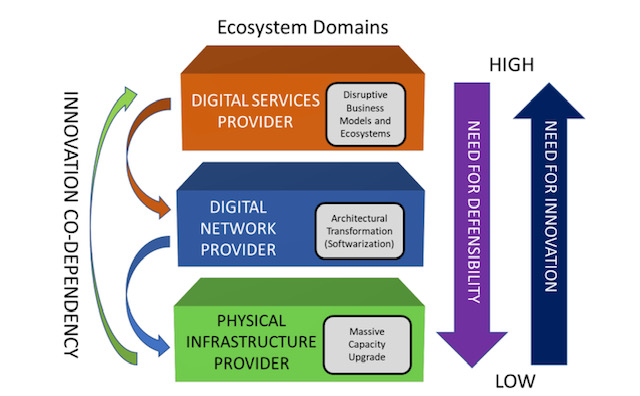Deutsche Telekom explains its IP-over-DWDM thinking
 Tuesday, January 24, 2023 at 4:16PM
Tuesday, January 24, 2023 at 4:16PM Telecom operators are always seeking better ways to run their networks. In particular, operators regularly scrutinise how best to couple the IP layer with their optical networking infrastructure.
The advent of 400-gigabit coherent modules that plug directly into an IP router is one development that has caught their eye.
Placing dense wavelength division multiplexing (DWDM) interfaces directly onto an IP router allows the removal of a separate transponder box and its interfacing.
IP-over-DWDM is not a new concept. However, until now, operators have had to add a coherent line card, taking up valuable router chassis space.
 Werner Weiershausen
Werner Weiershausen
Now, with the advent of compact 400-gigabit coherent pluggables developed for the hyperscalers to link their data centres, telecom operators have realised that such pluggables also serve their needs.
BT will start rolling out IP-over-DWDM in its network this year, while Deutsche Telekom has analysed the merits of IP-over-DWDM.
"The adoption of IP-over-DWDM is the subject of our techno-economical studies," says Werner Weiershausen, senior architect for the transport network at Deutsche Telekom.








